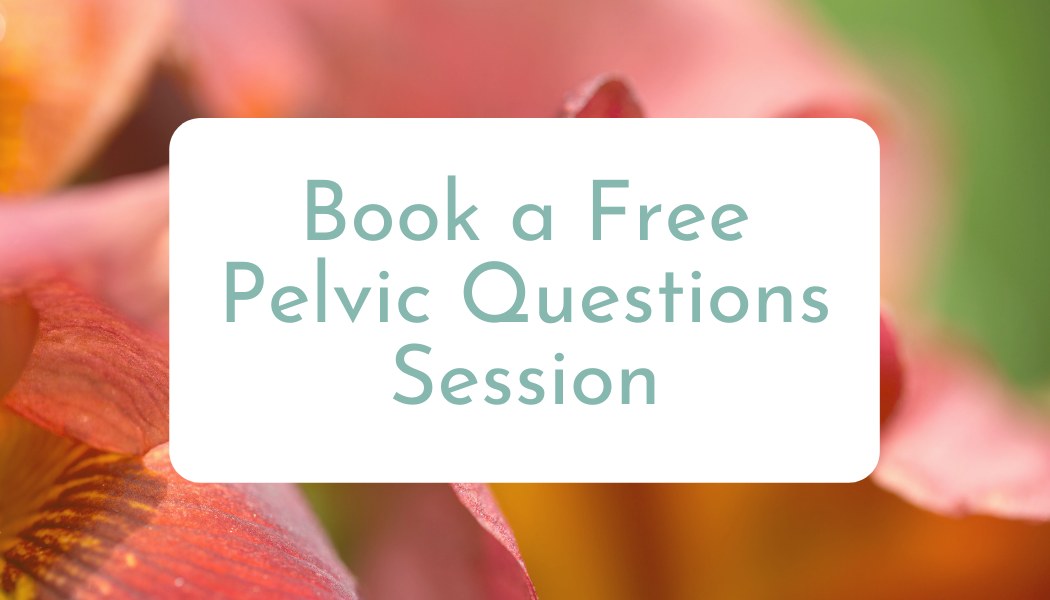Season 3 Episode 1 Transcript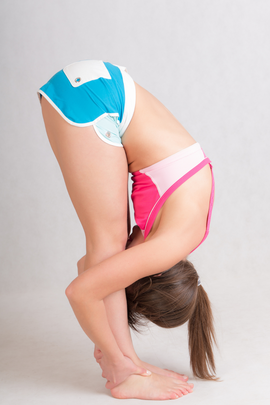 There seems to be a spectrum of hypermobility. At one end are people who are particularly flexible in one direction- something always stretches markedly better than the rest of them. This is the kind of thing that is often noticed in a yoga or pilates class, and it’s something that I’ve seen a lot over the years teaching reformer pilates. At the other end of the spectrum is a connective tissue disorder called Ehlers-Danlos Syndrome, or EDS. This is a fairly serious condition where your connective tissue, which is what holds you together, is weakened. This can cause all sorts of problems, and EDS is not the main focus of today’s episode, although what I’m going to talk about can help. For me, my hypermobility meant that I was actually very weak, muscularly. I’ll never forget, in my first reformer pilates instructor training over 15 years ago, our master trainer was excellent at encouraging us to adjust the resistance on our reformers during training because it was so exhausting over several days! So I was doing an upper body exercise on the absolute lightest spring our machines have, and she called the rest of the class over and asked me to continue. First she pointed out the little bitty spring that I was using, and then the obvious muscle strain happening around my shoulder joints (I was wearing a tank top so you could see everything). It was a lesson to not simply assume springloads for people, to actually observe them and make changes based on their form and effort. Because even though I was there to be an instructor, so I presumably should have been able to do everything at what’s considered a ‘normal springload’, my shoulders couldn’t handle it. So making that assumption for me would have been dangerous for my shoulders. For me, the whole experience showed me that while, for example, my shoulders could come out of their sockets on demand, I could also use the muscles around my joints to help hold them together if I had some more muscles around my joints! 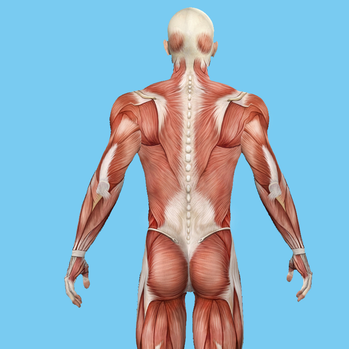 Hypermobility is seen from the outside as being extra flexible, but really it’s not about the muscles- it’s about the connective tissue (CT) being extra stretchy and/or weak. This is a problem because CT doesn’t heal well. When you look at an anatomy picture you’ll see the muscles in red, and you’ll also see white stuff which is the connective tissue. The best image for this is a picture of the back muscles, there’s a triangle of CT over the low back. It’s there to support your low back. The CT is white both on pictures and in person because it doesn’t get much blood flow. Therefore, it’s slow to heal and easy to re-damage. One of the types of CT are tendons, ligaments are another CT type, so when you do things like sprain an ankle you’re more likely to re-injure that ankle because it’s really hard to fully heal that. The other thing about hypermobility is that while you’re stretchy and loosey-goosey at your joints, SOMETHING has to hold you together! A lot of times, that something is the CT line that runs from the front of your pelvis up the front of your body to your neck and throat. This line can get really tense. A lot of hypermobile people have really strong pelvic floors, because that contraction of th epelvic floor muscles has always been part of keeping themselves vertical. It’s not necessarily supposed to be, but that’s how we’ve compensated. There's also sometimes intense tension in the jaw and front of the neck, which can be actual TMJ, or can share some of its symptoms. Personally, I have a depression, like a channel or an upside down ridge, between the 2 halves of my sternum, the breastbone, and now I think that was caused by this CT tension up the midline of my body while still having extra flexibility- that extra mobility- around my ribcage as a child. 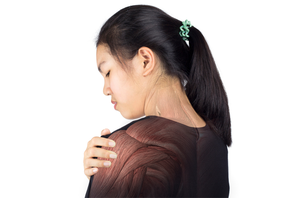 OK, but here’s why this matters. You might not have known you were hypermobile, or you thought you were but outside of party tricks like when I can dislocate my shoulders on demand you didn’t care much about it. But it does matter, because over time your movement patterns are affecting things like your joints, and how your bones get built, and even things like how your digestion and immune systems can function, because they are’ really made of a lot of CT. So there’s 2 main things you can do for yourself if you are hypermobile- you can strengthen around your joints, and you can align your movement patterns so the demands of moving through your day are evenly and safely distributed along those joints. When I say “strengthen around your joints” I mean something specific. Most of the time, when people say “strength training” they’re talking about the big muscle groups- biceps, quads and hamstrings, calves- those sorts of muscles that stick out from your skin and are aesthetically desirable and don’t have much to do with actually stabilizing your joints- they’re more ‘power’ muscles. They’re important, but they’re not the stabilizing muscles that I’m talking about. Your smaller muscles are the ones that are more responsible for your actual joint stability, and being small there’s 2 things that help them the most:
The second thing you can do takes awareness as well as consistency. Learning properly aligned movement patterns, ways to sit and stand and walk and hold yourself- takes some practice, but really what you’re doing is resetting your habits. These aligned patterns actually feel very comfortable and stable, so it’s not hard to learn them and to practice them and for them to become your new habits. But that is a different way to move than the usual “exercise” we’ve all experienced. All this to say that if you recognize hypermobility in yourself, there’s 2 ways I can help you. For one thing, you can keep following me. You’ll learn little bits, from these podcasts and from my freebies like the challenges that I run, and also from the First Steps mini courses I offer, and you can slowly incorporate into your life. Or you can directly work with me. I do take 1:1 clients, and right now as this episode is published the doors are open for my Foot to Forehead Fix, a small group version of my private coaching. Check out PaulasHerbals.com to learn more and to get started! Listen to the Episode Here
0 Comments
Season 2 Episode 11 TranscriptToday I'm going to teach you how to breathe with your rib cage. Here's what we're going to do:
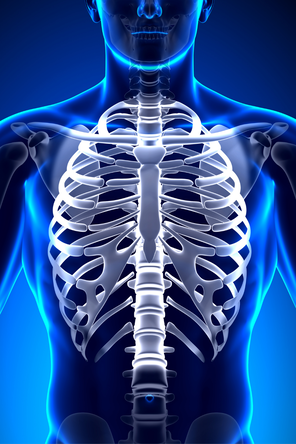
And if they're not comfortable, if the shoulders can't be down, then grab yourself a belt, or maybe the belt off your robe, or that Ace bandage or yoga strap or something, and wrap that around your rib cage instead. If you've got a strap around your ribs, I want you to hold it snug against your ribs but not overly tight, not restrictive.
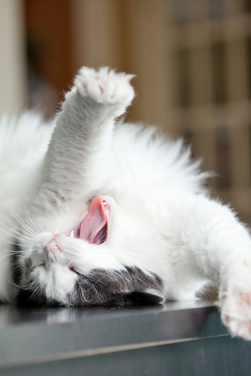
We tend to walk around with the rib cage thrust out forward, I talked about that in last week's episode about that “boobs out belly in” position. A yawn is one of the simplest ways to relax your rib cage back down into alignment, so that your ears, your shoulders, your ribs, and your hips are all stacked on top of each other, instead of that rib cage being thrust forward, of that line. So if you need to you on a couple of times, take a couple of big breaths and just let them out, and the ribs drop and the shoulders drop. 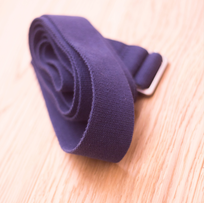
So, when those ribs come back down and stop straining forward, the rib cage gets some flexibility, right there at your spine, which can feel really yummy, but it also might feel really weird in the beginning. So don't go too strong into this. We're not trying to force anything. We're just trying to take nice even breaths, feeling the rib cage, expand. This is a thoracic breath. 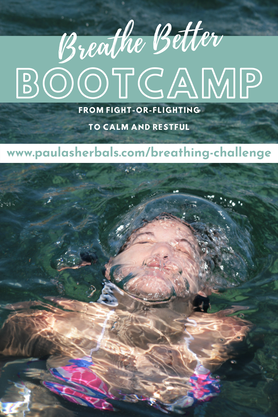 It's going to help take pressure out of your pelvic floor. It's going to help you take a nice deep breath, which leads into all the things you want breath work for: stress, anxiety, mindfulness, lifestyle. If you speak if you play an instrument, if you sing, if you have any manual hobbies, like gardening, like even exercising, being able to take a full breath, super helpful, I promise! This is going to be the breath that we are trying to create, this thoracic breathing, this movement in your rib cage, in the breathing challenge, it's going to start next week. So look out for that on my website, get on my email list if you're not so that you can join the challenge. It is free. It's just a five day challenge teeny tiny steps, couple of minutes every day to just watch a video and listen to me and then practice when you can. It's not going to be a gigantic investment of your time, but it is going to require some concentration and little practices throughout the day, so that at the end of the week, you are breathing better. All of this is going to be super helpful, super important, and it should feel really good. I hope to see you in the challenge! Sign Up Here Listen to the pod Season 2 Episode 10 Transcript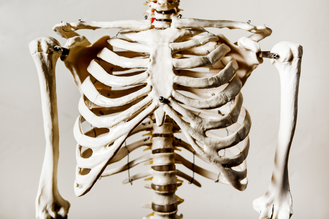 If you're not breathing well, then while you're maybe not getting lightheaded and actually threatening to fall over on us, you're also not optimizing how you're actually getting through your day. If you're breathing with your chest a lot, that can actually directly lead to anxiety. Your chest is made up of essentially the breast bone, and the collar bones, and the breastbone doesn't move. It doesn't flex. It's one large piece of bone, like a shield covering your ribs and also your heart. So in order to breathe with your chest rising and falling, what you're actually doing is arching your upper back. That arching movement puts pressure on spinal nerves that come out of the spine and go into the lungs. So when those nerves get triggered they can believe that they're not functioning the way that they're supposed to, in the ribs and in the lungs, and the feedback that they give your brain is that you can't breathe. So working your lungs, from your chest by arching your back, can cause anxiety or even a panic attack. 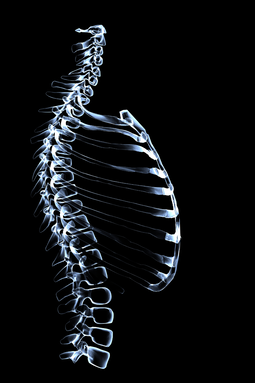 Most shallow breaths come from lifting your chest instead of breathing with the whole rest of your body. You've probably heard that before, about shallow breathing. But another way that you can trigger this is by driving when you're upset. A lot of people, myself included, have the tendency to push off of the steering wheel into your seat. I think it has something to do with when you're frustrated there's not much physical that you can do about it that is socially acceptable. But when you're driving and you're upset, you can push, you can engage all of those muscles, without it being at all socially unacceptable. And that can feel satisfying! But the pressure of your arms, pushing your upper back into the seat of your car, can have the exact same effect on those spinal nerves that go into the lungs, get too tense, and tell the brain, “I can't breathe”, and you can actually induce anxiety or even a panic attack while you're driving. Point is, please relax your grip and take a deep breath! Now we've also probably heard about belly breathing. It’s very common, especially a lot of yoga practices and stuff, and belly breathing is really nice because we tend to have really tight bellies. I'm going to talk about that in just a second. So doing a belly breath helps to sort of flip the pressure, where we're used to sucking in to releasing it and that can be very difficult, that can be a practice that a lot of people have to learn in the first place. So belly breathing can help take the pressure off the chest, it can help take the pressure off the upper back, and it can help take the pressure off of the abdominal cavity a bit. But if you're only belly breathing, then you're causing pressure in the pelvis. Because the belly moving in and out causes pressure fluctuations, up and down the chain, up and down the rest of your body. And so that pressure going into your pelvis, while it's a small amount, it builds up over the course of an entire day of belly breathing. So in order to not put excess pressure into the pelvis, we want to look at the alternative here to both belly and chest breathing, and that is called thoracic breathing 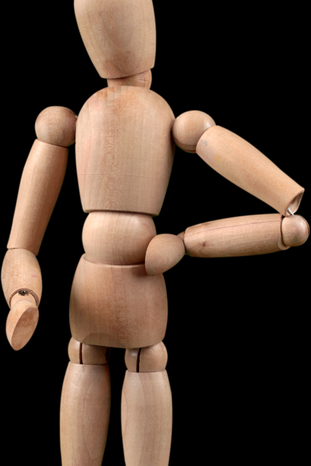 The thoracic part of your body is the upper part of your torso. It's where your ribs are, and where your ribs attached to your spine. That's why the upper part of your spine between your neck and your low back is called the thoracic spine. Inside your thoracic cavity is the lungs and the heart as well. Thoracic breathing means that you're using the rib cage- it’s also often called rib cage breathing- you're using the rib cage like fireplace bellows opening and closing opening and closing to move air. And the belly is a supplement to that, instead of the moving of the belly, or for that matter the moving of the chest, being what's causing your air to move. Remember you breathe by a set of vacuums. When you draw the diaphragm down, it creates a vacuum in your lungs which sucks air in and then you use muscles to squeeze that air back out again. Engaging the rib cage to open will also create that vacuum, and then the rib muscles themselves can close that rib cage down to squeeze the ribs, to squeeze the lungs, all the way around. However, we're not very good at thoracic breathing, we're not very good at using our rib cage like a fireplace bellows, and here's why 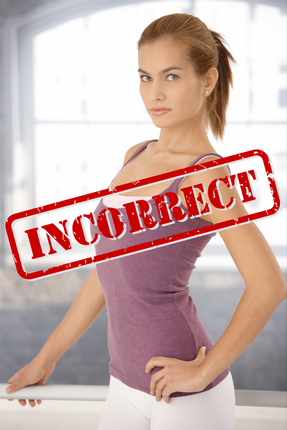 Basically, we are taught to walk around in the world “Boobs out bellies in.” Think about that overdramatic military posture with the chest thrown out. Think about those old cartoons- I can't think of what the name of the cartoon was but I can picture a guy standing on a beach. And he's got a belly. And this little stick figure of a woman walks past in a bikini, and he suddenly sucks his belly in, and his shoulders get broad and his posture is huge. And when she's walked past he lets his belly go again. And he returns to what we would now call a dad bod. That posture “belly in chest out” is, well, it's not a good posture! It's a fake good posture. By throwing the chest out, you're arching the upper back. Go back to the beginning of what I was just saying here- arching the upper back causes not only tension in the spine, in the ribs, in the neck, but also anxiety in the brain, because of the nerve signals that are getting stuck with that constant arching. By throwing the chest out we also then end up having to suck the belly in, to counterbalance that so you don't just fall over 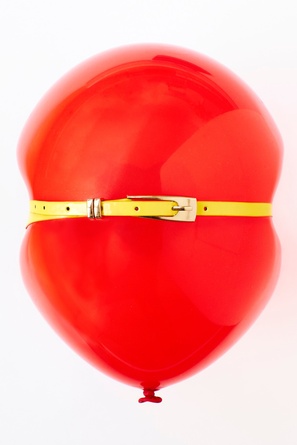 Right now, aesthetically, our culture thinks having a flat stomach, having a sucked in stomach, is appropriate. Functionally, that's not appropriate. Functionally your belly needs to move in and out, it needs to have enough space in it as a container to hold all of your internal organs, to allow for things like digestion and elimination- the size of which then is going to fluctuate throughout the day. And your belly is a supplement to your breathing, so it does need to move out and in. And most people that practice belly breathing, the first couple of times they try it (like for example a yoga class if you're sitting up and you try to belly breathe) people find they actually have to push their bellies out in order to expand that, because we have spent our lifetimes sucking in. When you suck in you're creating pressure, you're squeezing the balloon that is your abdominal cavity, and that pressure has to go somewhere- up or down. Once we start breathing with your rib cage, once we let the ribs expand and contract the way that they're supposed to, we can take a lot of pressure off of the belly-
And in relaxing the ribs and moving through the breath through the rib cage itself, we take pressure and work out of the belly. So, breathing well becomes a structural, a postural kind of thing that requires less tension, less concentration, less exertion than what we've taught ourselves to do over the course of our lifetimes. That “boobs out belly in” position is hard to maintain, and it's hard on our bodies! Coming back into all of that alignment so that the ribs can actually move- it’s a relaxed place, it's kind of nice to hang out there. So next week I’m going to teach you how to take a thoracic breath, how to feel your ribcage actually move when you breathe. And we’re going to play around with that in our next episode. Listen to this Episode Season 2 Episode 9 TranscriptI'm going to be running a free challenge soon, all about breathing better. So I put out a survey in preparation for that, asking people about their challenges around breathing, and breathing practices, and that type of stuff. One big answer that really stood out to me was that when asked the question, “What could you use better breathing for”, 95% of the people that responded to my survey answered, “stress, anxiety and mindfulness”. 95% is a lot. That's huge. And that is definitely something I can work with here. Now, to that one person who responded that they didn't need that- Congratulations! Please share your secret. To the rest of us, we've all heard about breathing techniques, we've all heard about doing breathing practices, and we know that they are related to stress and anxiety and mindfulness improvements. There's lots behind this- lots of research, lots of resources. I will link to a few of them in the show's transcript. I have some colleagues that have some really nice resources, really nice programs that you can try. I also have some other resources in general that I can share. I'm not going to get into all that right now. What I am going to get into here is the bottom line, which is that breathing helps everything.  Yes, it helps stress. A few episodes ago we talked about the Vagus nerve, and the parasympathetic (or the rest and digest system) and how that directly opposes the fight or flight system. Breathing absolutely helps you get into that rest and digest place. You can also use breathing, to help control things in your body. When you're exercising, when you're moving heavy objects- whenever you're using muscles, you can use a breath to help control all of that as well, for fuel, for power, all of it. But what does this have to do with your pelvic floor? Well, think of your body as two separate sections- there's your your midsection, your torso- everything from your neck to your pelvis; and there's your limbs. Ignore your limbs ignore arms and legs for a second. In that torso, you have essentially three cavities, and they act like individual balloons. You have one in your chest. It's called the thoracic cavity. You have one in your belly, called the abdominal cavity, and you've got one in the pelvic bowl called, funnily enough, the pelvic cavity. Each of these cavities makes and takes pressures from the rest of your body. So when you're breathing well, in that thoracic cavity, (which, spoiler alert, is where your lungs reside) It helps take the pressures, off of the abdominal and then the pelvic cavities. Often, we're not breathing, with our rib cage with our thoracic cavity, however, And so, that balloon isn't functioning. The belly cavity, that abdominal space, ends up doing most of the work of the breathing, and that is putting excess and unnecessary pressure into the pelvis. This is quite frequently one of the foundations of pelvic floor dysfunction. And it simply goes back to, how do we breathe with our ribcage the way that the ribcage was designed. Now, that “how to”? I’m going to explain that in next week’s episode. But today I just wanted to point out all of the layers here. There's layers in your body to help move things like breath around. And when used appropriately, everything works better. But then the breath itself has so many layers of help for the rest of you. Yes that breath helps with stress, yes that breath can help with physically moving around. 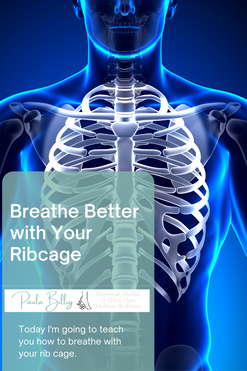 But if you do anything like sing, or do a podcast, or any kind of public speaking, or presenting on a stage or in front of the zoom screen, if you play a musical instrument, if you have a manual hobby, like gardening or anything that requires some exertion a little bit more than knitting (both gardening and knitting, our hobbies of mine, I'm not knocking that!) but the manual exertion type hobbies- the breath is going to be something that is very important for your stamina, for your endurance, for your longevity in those as well. So next week we’re going to get into a little bit more about how to breathe better. For today, I want you to just think about where does your breathing actually happen. |
Fun Fact: I'm an herbalist and a movement coach. Not a doctor, or a pharmacist, and not pretending to be one on TV.
This is a public space, so my writing reflects my experiences and I try to stay general enough so it might relate to you. This does not constitute medical advice, and I encourage you to discuss concerns with your doctor. Remember, however, that the final say in your wellness decisions are always yours- you have the power to choose, you are the boss of you. And, some of my posts may contain affiliate links. If you make a purchase through them I'll earn a few cents. Thank you for supporting my work. This website is provided for educational and informational purposes only and is not medical, mental health or healthcare advice. The information presented here is not intended to diagnose, treat, heal, cure or prevent any illness, medical condition or mental or emotional condition. Working with us is not a guarantee of any results. Paula Billig owns all copyrights to the materials presented here unless otherwise noted. Categories
All
Archives
July 2021
|
|
info @paulaswellness.com |
DisclaimerThis website is provided for educational and informational purposes only and is not medical, mental health or healthcare advice. The information presented here is not intended to diagnose, treat, heal, cure or prevent any illness, medical condition or mental or emotional condition. Working with us is not a guarantee of any results. Paula Billig owns all copyrights to the materials presented here unless otherwise noted. |

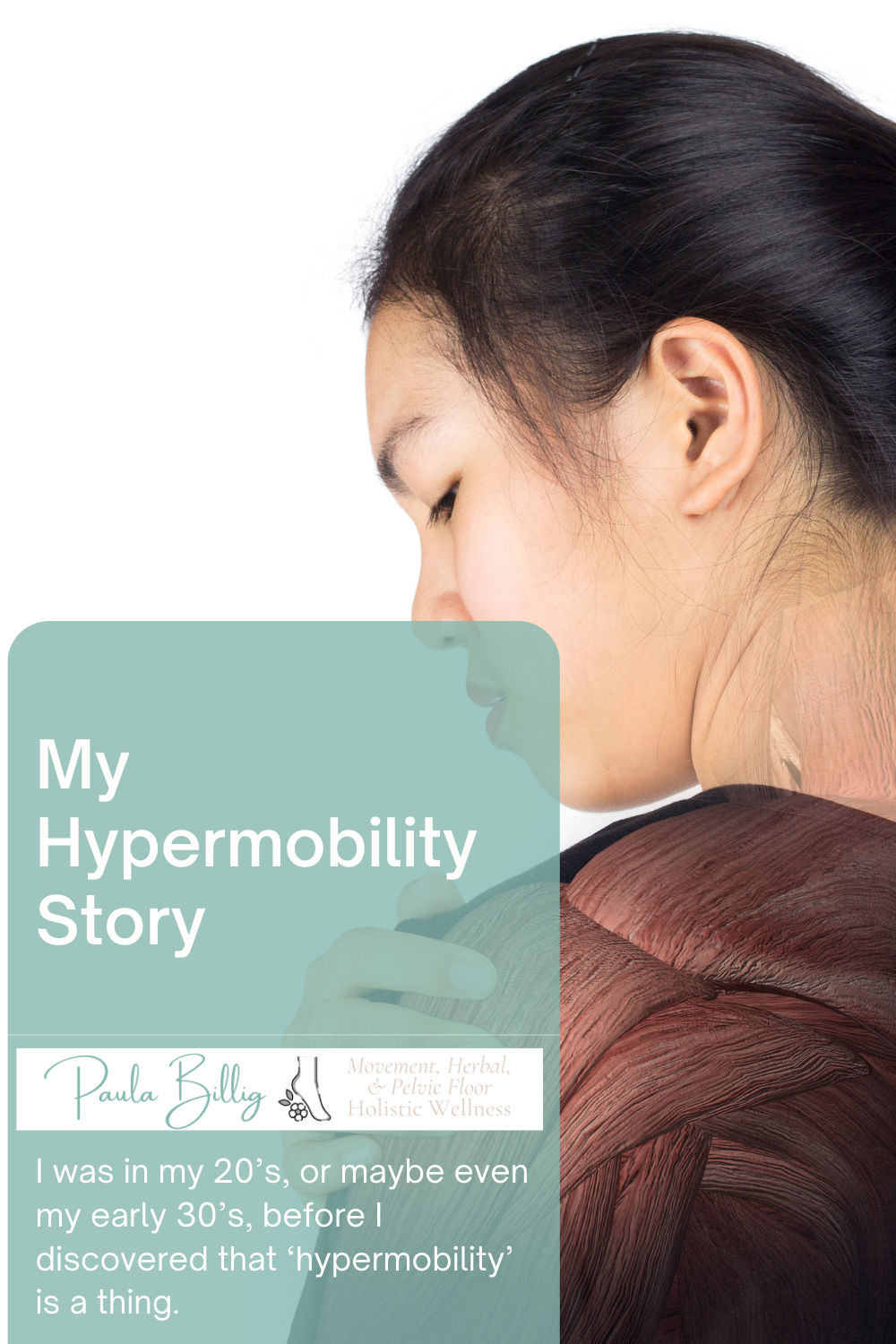
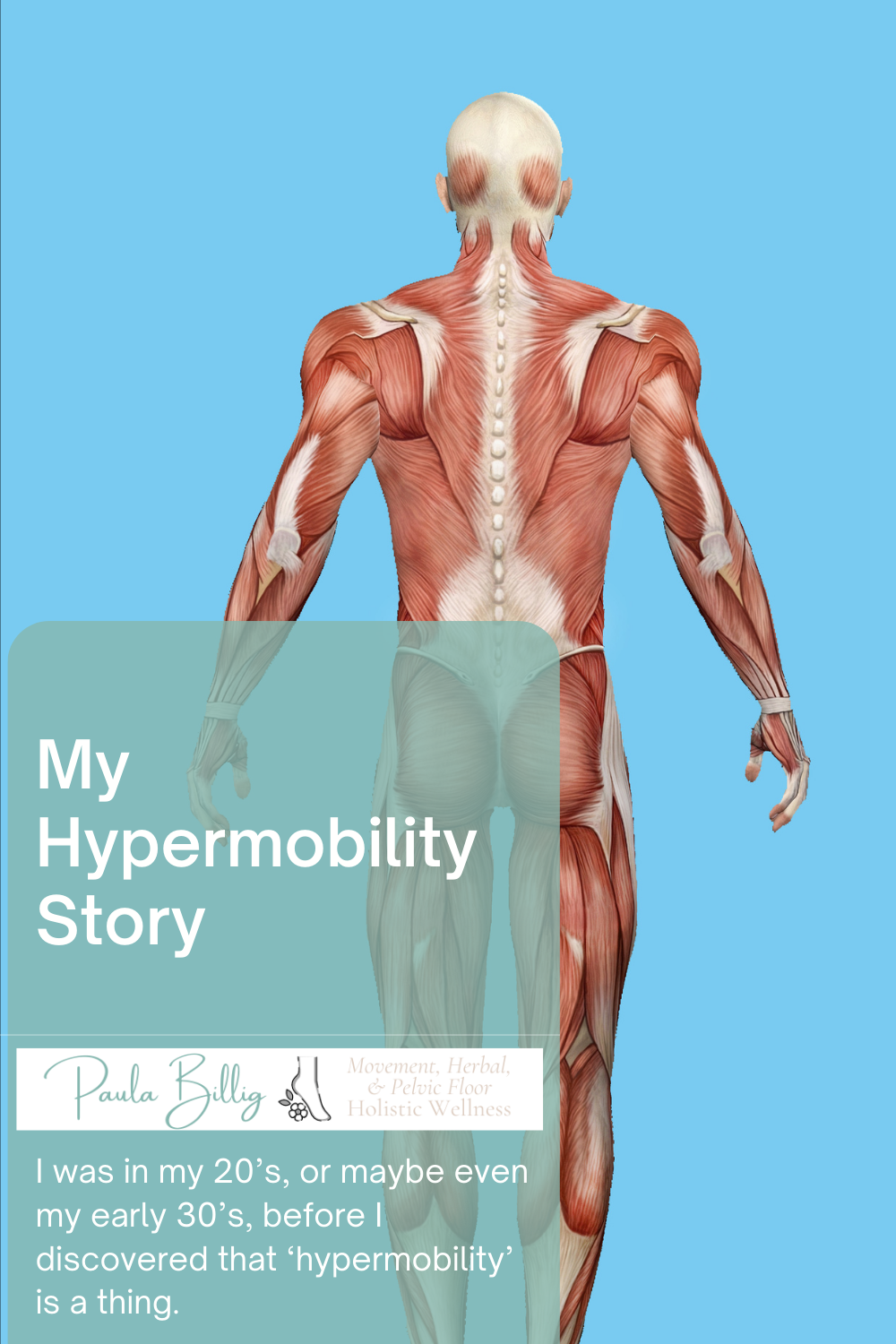
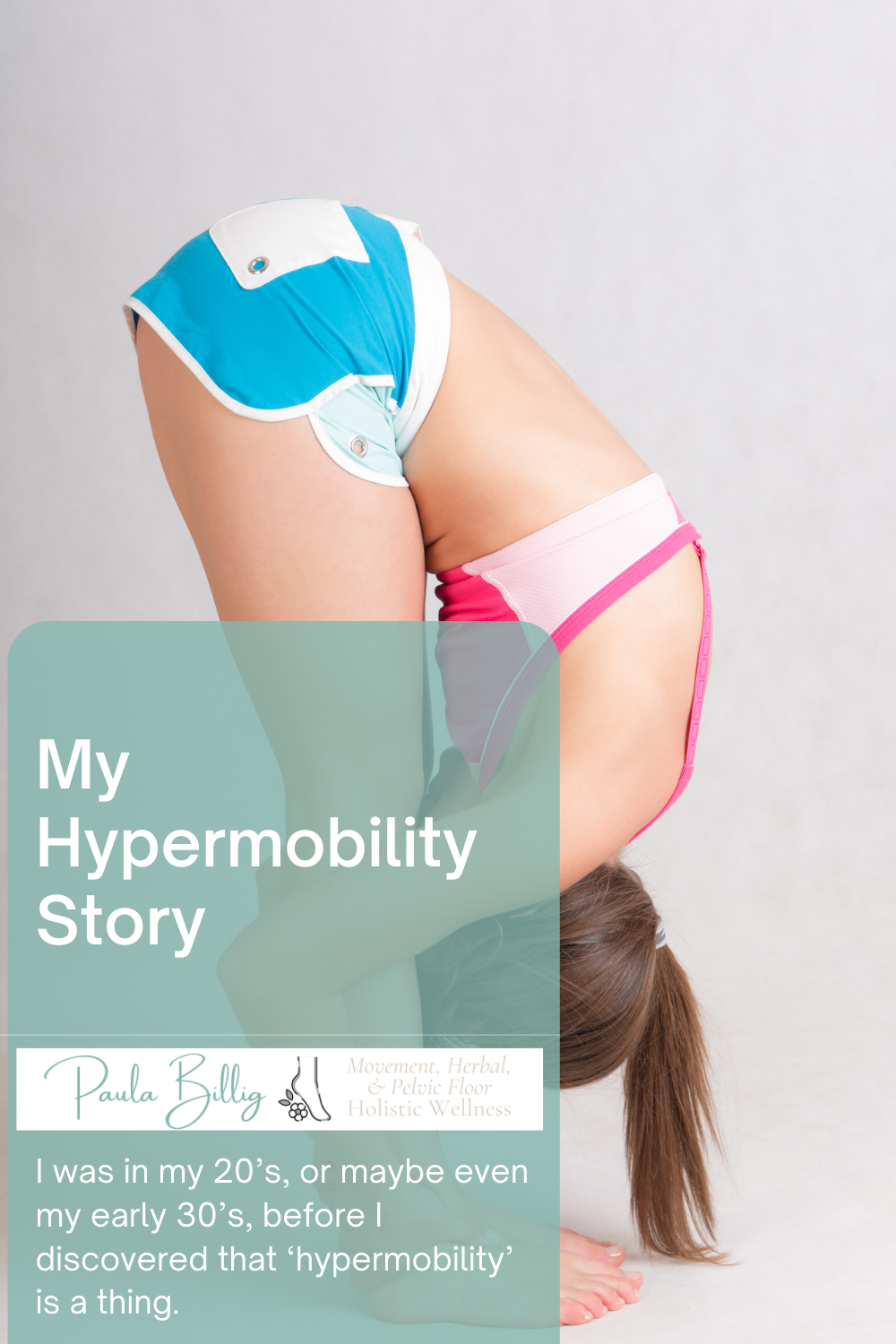
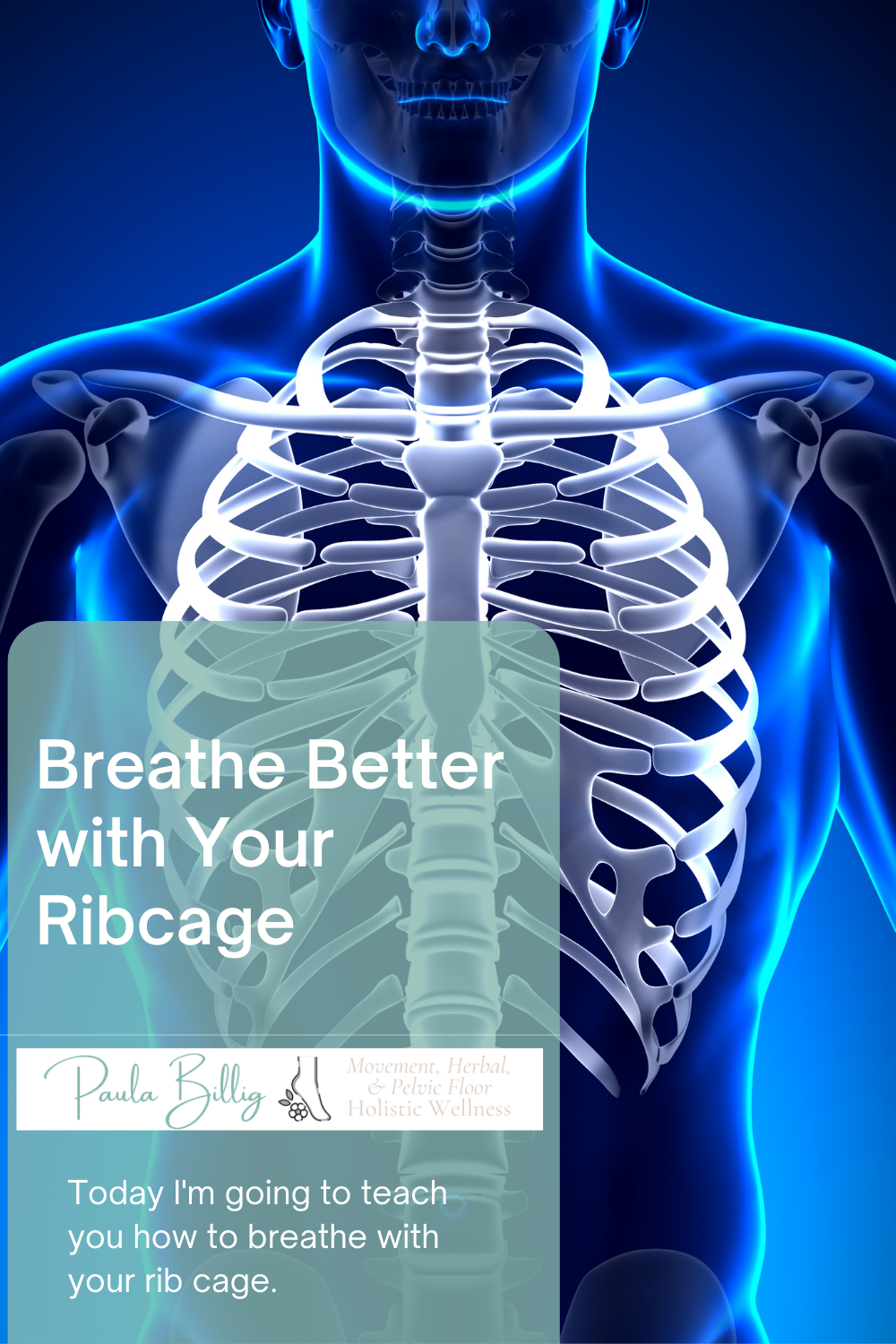
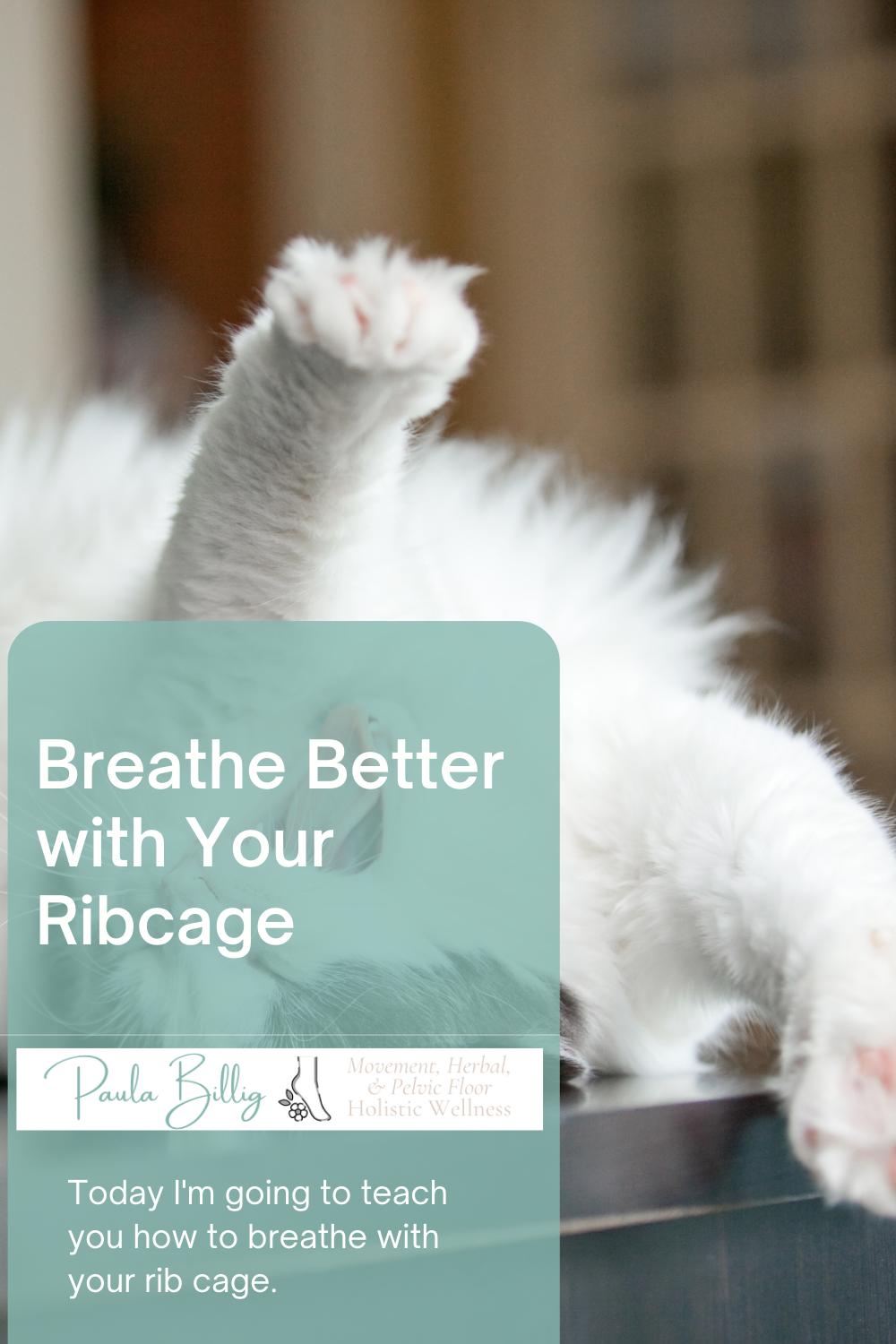
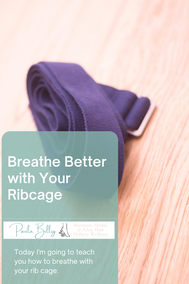
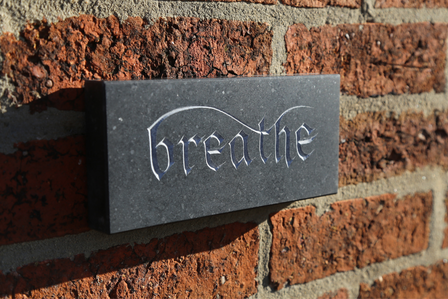
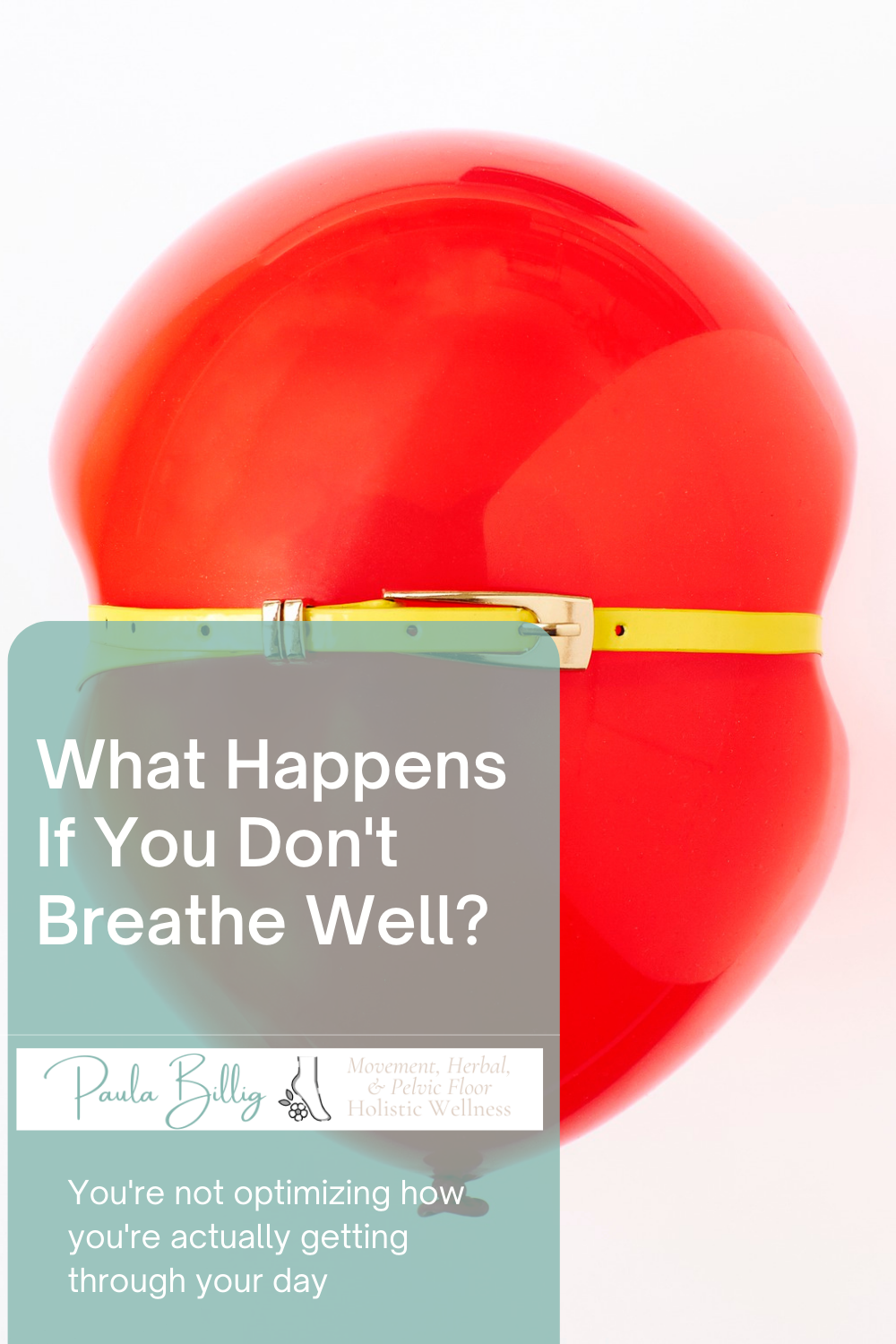
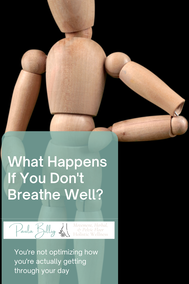
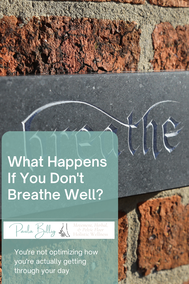
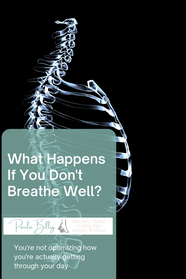
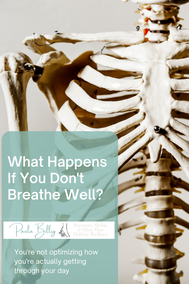

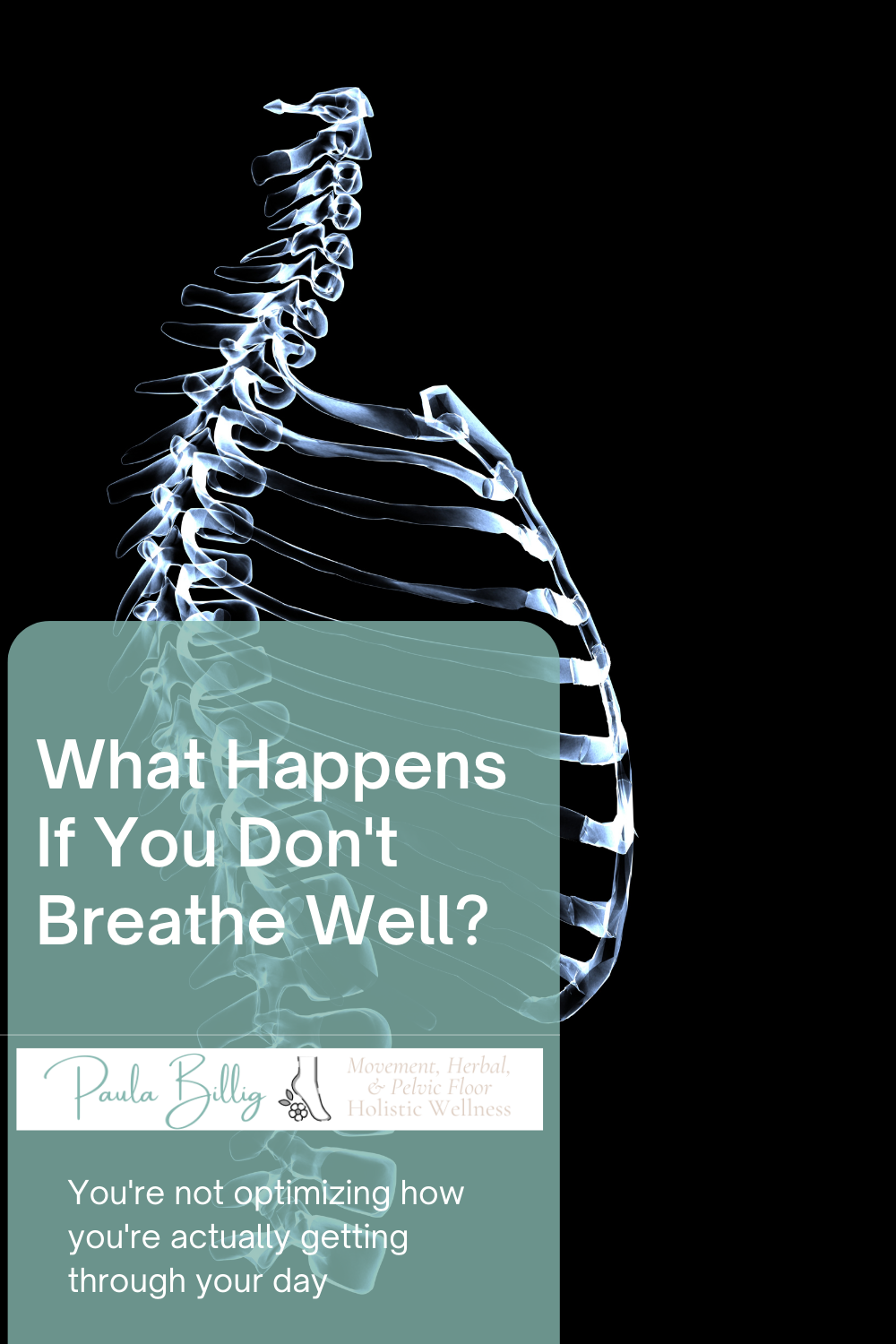
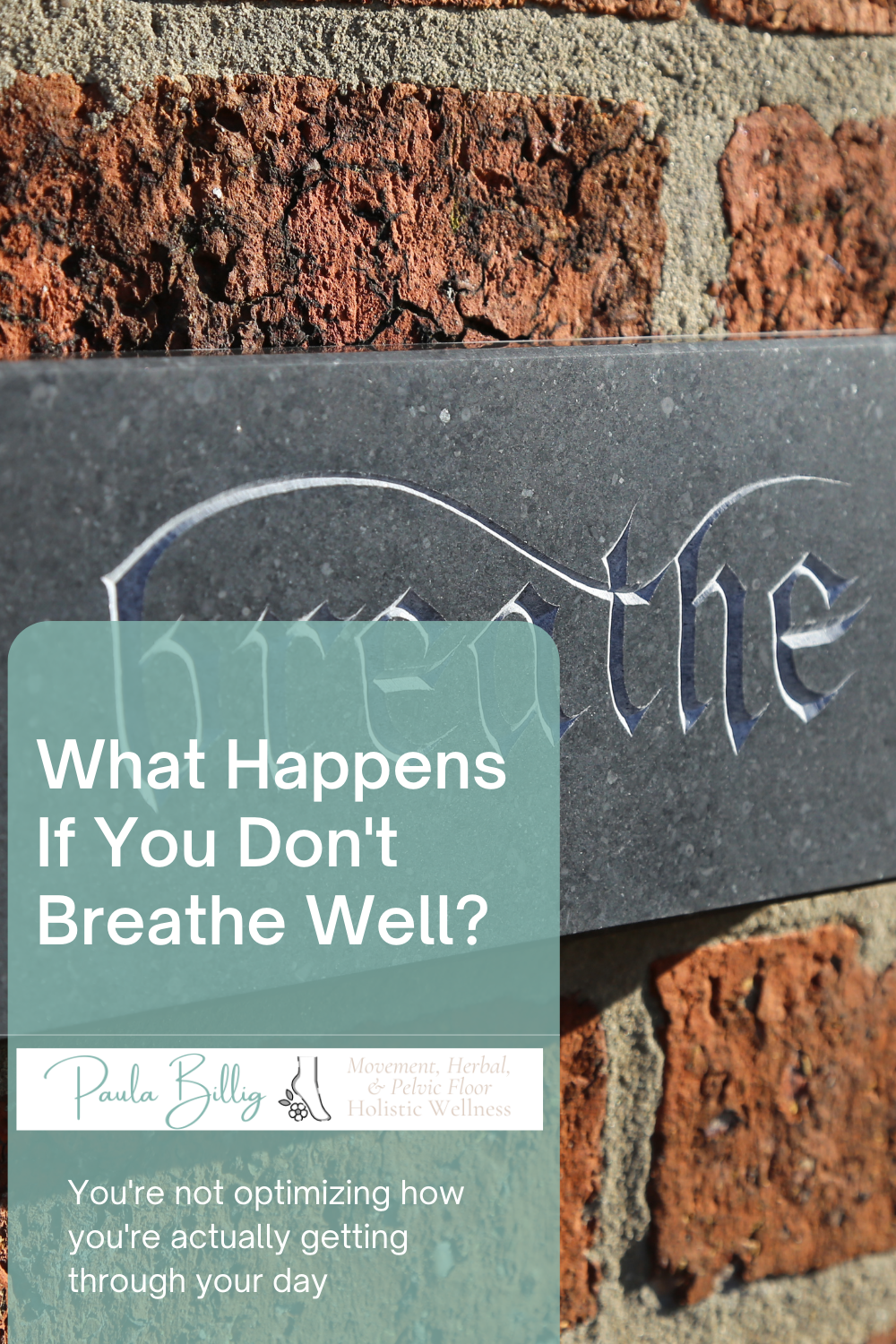
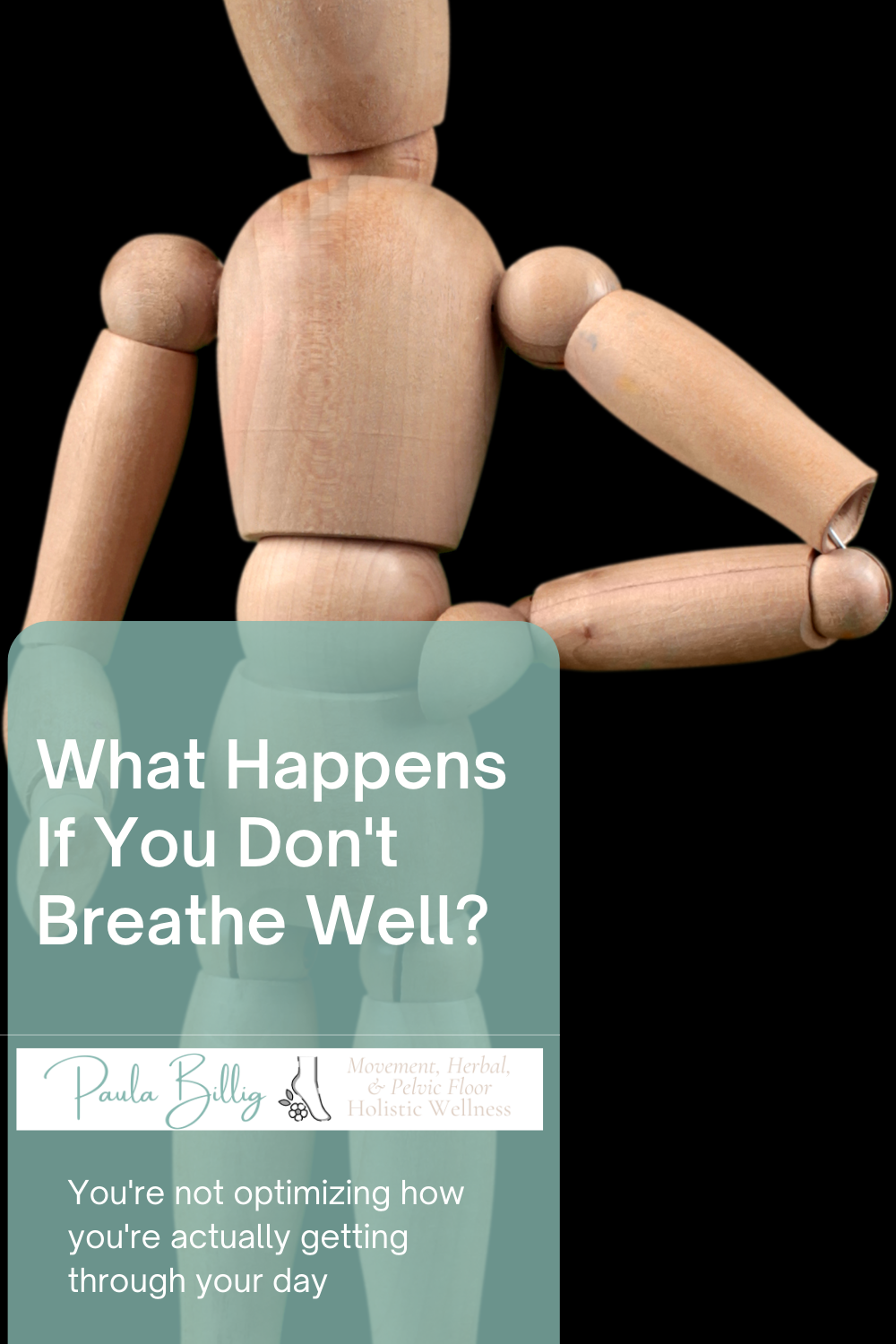
 RSS Feed
RSS Feed

